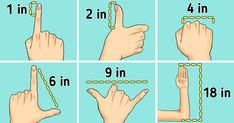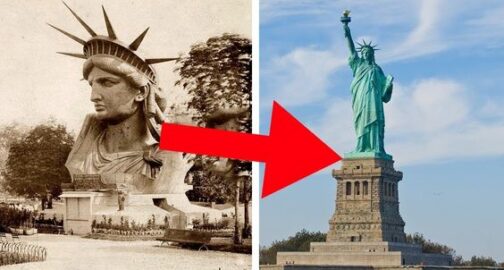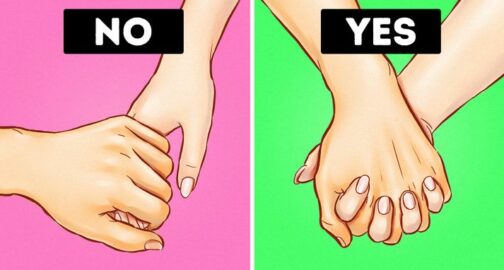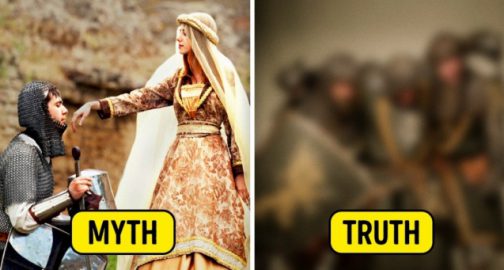
When we talk about the Middle Ages, we often involuntarily draw up a certain picture in our heads, which for the most part is wrong. This is because there are a lot of widespread myths about this period of history.
Bright Side has worked out which claims about the Middle Ages you should treat with skepticism.
12. People thought the world was flat.

To be precise, the idea that the Earth was flat was present in pagan Scandinavia and disappeared with the arrival of Christianity in that region. In the rest of Europe and the Mediterranean, people (at the very least, educated people) knew the world was probably round already in the Middle Ages. This is proven by the large number of maps and texts that have come down to us from that period.
11. Columbus wanted to prove the world was round.
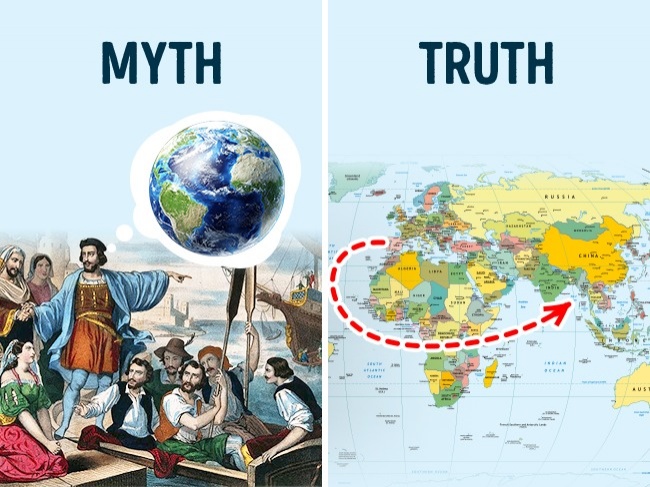
If people knew the world was round, it follows that there was no need to prove it. Through his journey, Columbus merely proved that the world was much bigger than people realized. The seafarer believed he could reach the rich markets of East Asia by sailing west, but instead he discovered the hitherto unknown islands of the Caribbean.
10. The Vikings wore horned helmets.
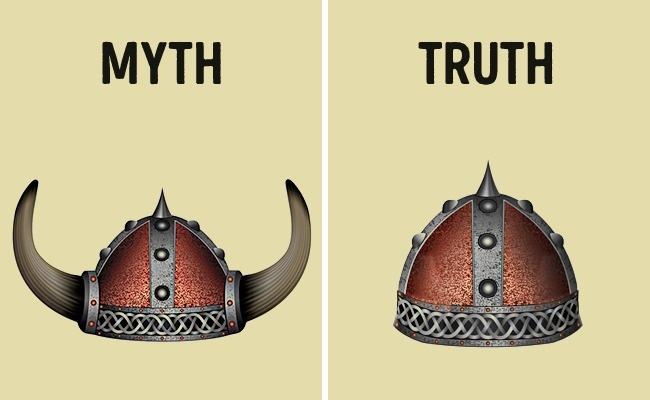
Horned helmets were actually very impractical and uncomfortable to wear during a battle. It was only in the 19th century that Scandinavian artists began to add horns to their depictions of the Vikings.
9. Men made their women wear chastity belts.
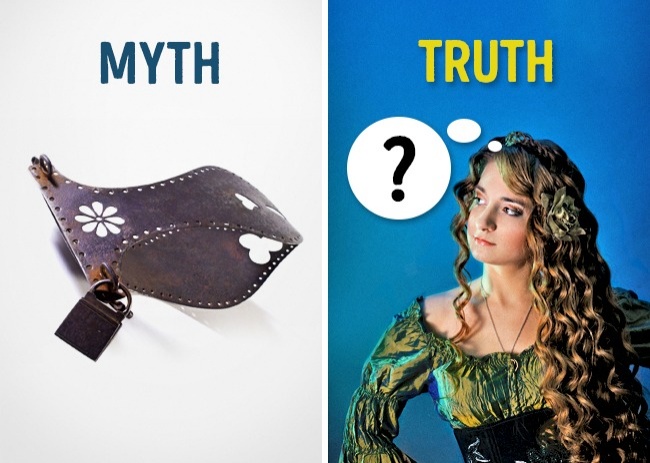
We’ve all heard about the “fact” that noblemen made their women wear chastity belts when they went off on crusades. But those scary-looking iron constructions covering the lower half of the body are actually a myth. They’re merely an erotic fantasy of later times.
8. People only lived to the age of 30.
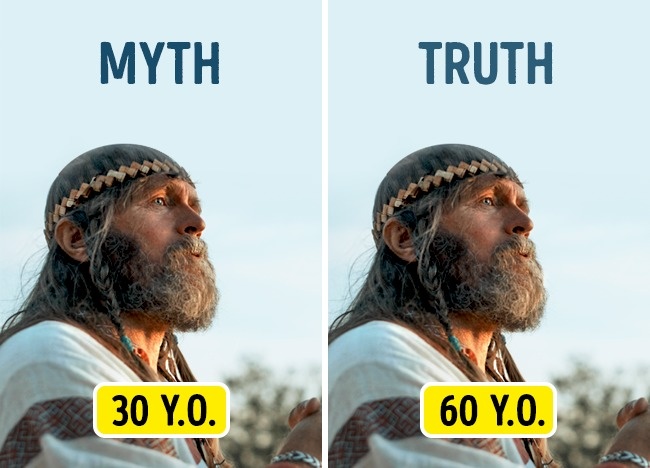
Indicators for the average life expectancy during the Middle Ages are very low because of the extremely high child mortality rate caused by illness. But if an individual reached adulthood and didn’t experience illness, there was a high likelihood that he or she would live to the age of 60-70.
7. People didn’t wash.
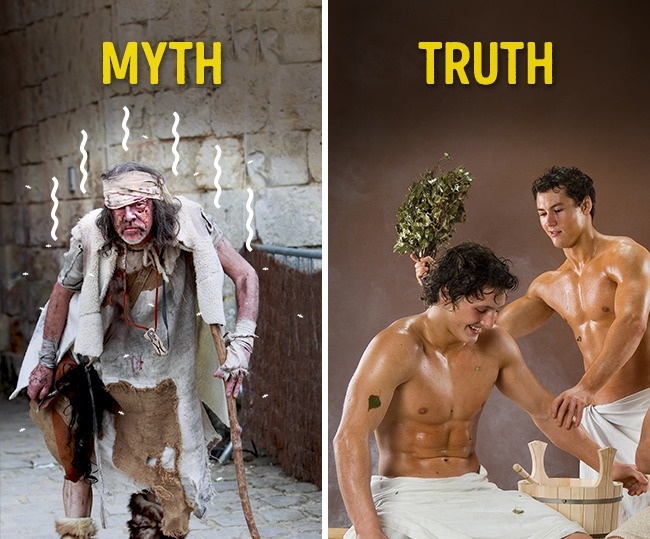
Of course, people weren’t as clean in those days as we are now with our constant access to hot water. Nevertheless, all elements of the population washed every day, valued good hygiene, and kept away from those who stank. This was the age when the use of soap became widespread, and soap makers even had their own merchant guilds in large cities.
6. Women had no rights.
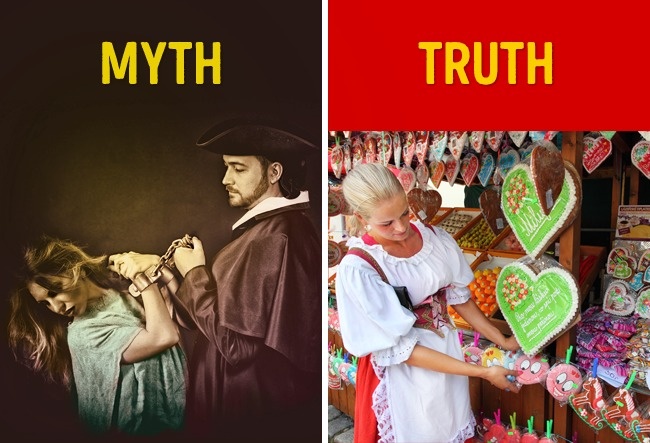
Women in the Middle Ages obviously weren’t as free as they are now. Most of them faced a choice between marriage or a monastery. Nevertheless, they helped their fathers and husbands in their trades and professions, and they could inherit and buy property or manage a household. There were also many influential women, not least of which were female rulers.
5. People didn’t use cutlery.
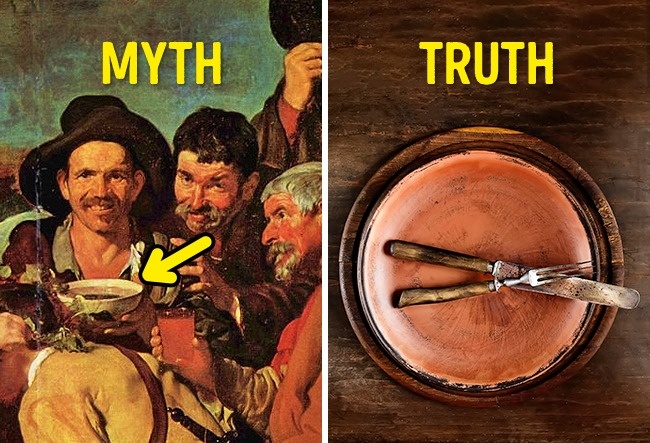
In actual fact, cutlery was already in widespread use by this time. For example, forks appeared in the Byzantine Empire by the 6th century and in Italy by the 11th.
4. The church slowed down the development of science.
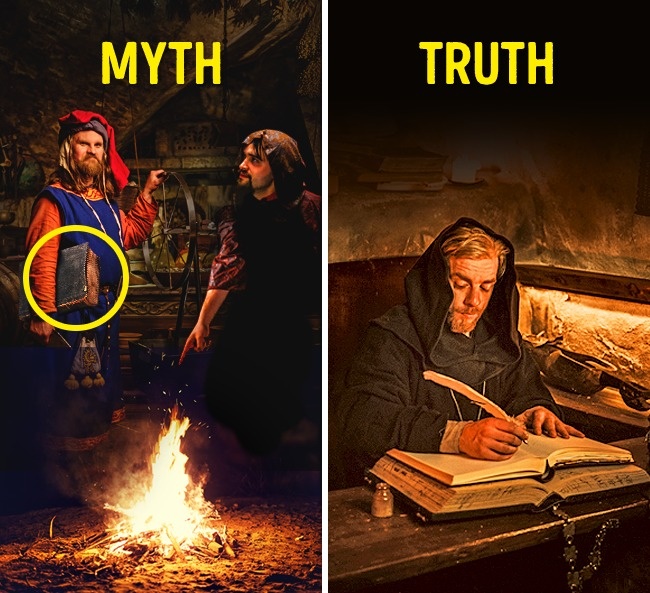
Most scientists were themselves churchmen. Many were not oppressed for their activities and were, in fact, rewarded for their knowledge and wisdom. There is no proof that anyone was burned at the stake by the church for their scientific endeavors. The case of Galileo had more to do with the Counter-Reformation than relations between the church and science.
3. Millions of women were burned at the stake as witches.
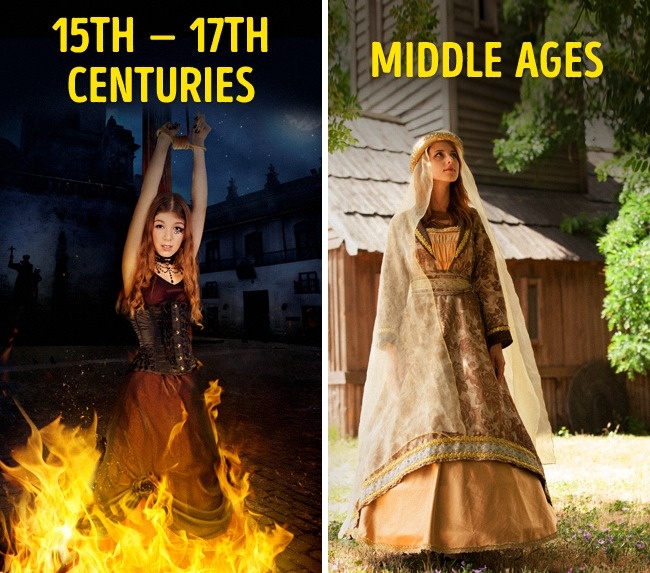
The phenomenon of “witch hunting” doesn’t date to the Middle Ages but appeared later (it reached its peak in the 16th and 17th centuries). In the Middle Ages, people actually denied the existence of witches.
2. Feudal lords enjoyed “the right of the first night” with the wives of their subjects.
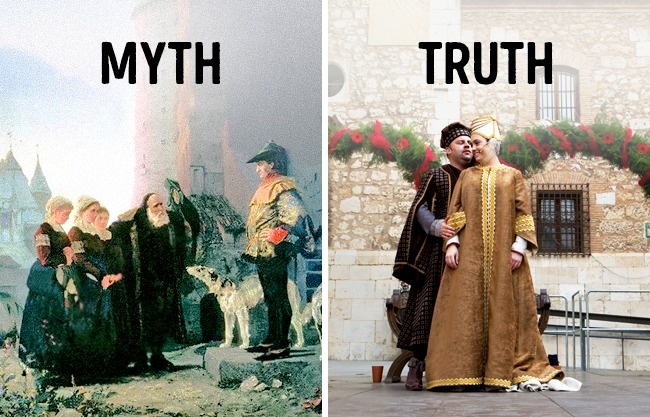
There is nothing to confirm that this rule actually existed, and most historians subscribe to the opinion that it was thought up as a result of poor interpretation of historical texts.
1. Knights were unfailingly noble and courteous.
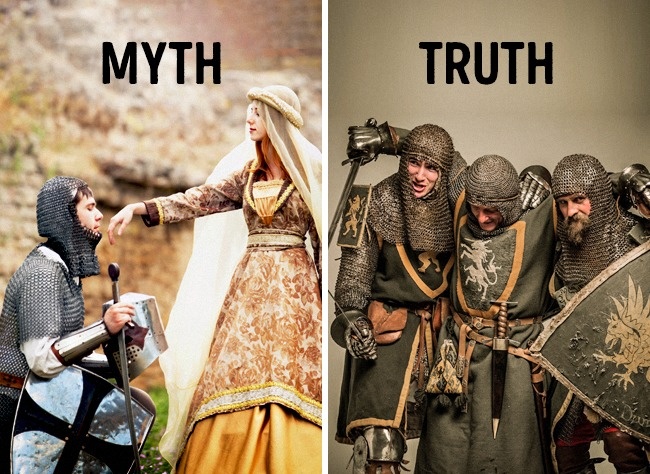
Unfortunately, this was far from the truth. Often, the reality was that when knights weren’t engaged in battle, they were on the rampage, terrorizing the population. They were even notorious for raping women.



